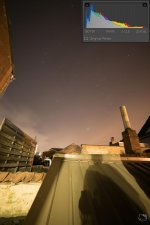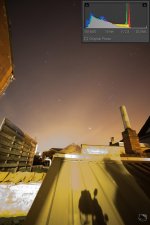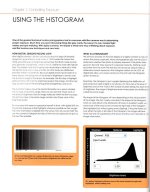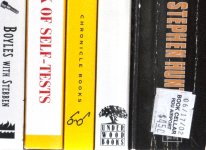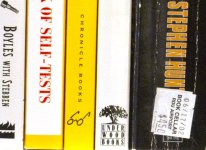I think it does matter. You can clearly see how much noise you're introducing to this poor duck by pulling up all this blackness. With that D750 set at ISO 200 or 400 you would have a properly exposed shot with no noise whatsoever.
I am clearly not understanding your method of madness.

I don't know how to explain this since it seems so simple to understand but I apparently can't explain it as simple.
Let's agree that at a certain shutter and aperture, we capture a certain amount of light. We probably won't disagree about that. Regardless what ISO I shoot, the amount of light hitting the sensor is defined by A and S. In manual mode, ISO does not close or open the lens or affect the shutter. We can agree about that too. So whatever the DR range of the scene, whatever the brightness and shadows, ISO does not change those before they hit the sensor.
I hope we agree this far.
What ISO does is change the analog data of the sensor into an exposure increase we desire. But whether you increase ISO or not, the analog data is identical.
What I do is not use ISO and change the analog data (after being digitalized) towards the exposure I prefer. Higher ISO does the exact same thing but during the conversion. But the data it starts with is still the same. It doesn't add light to the light captured.
So whatever I do, I have the same data it all started with; the amount of light defined by A and S. I use it unmanipulated, high ISO provides it to me manipulated.
Here are two shots I've show before with the histograms. The one at high ISO, the other native. I manipulated both in post until they have the exact same exposure and set black and white to the maximum possible so they don't clip. Their file sizes differ but check the histograms.
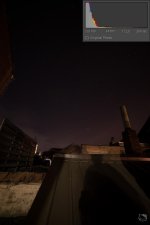
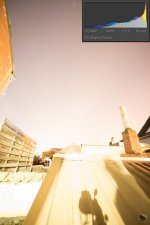
Post:
